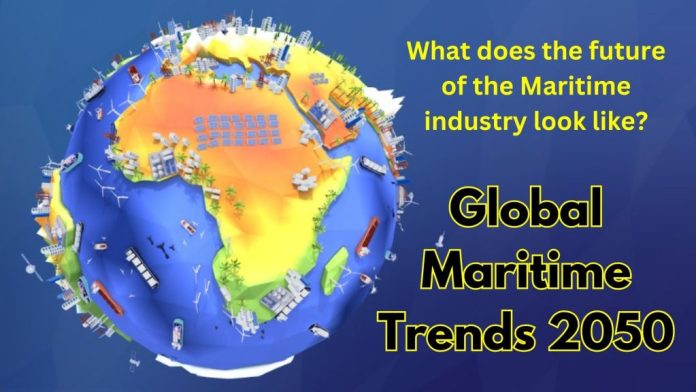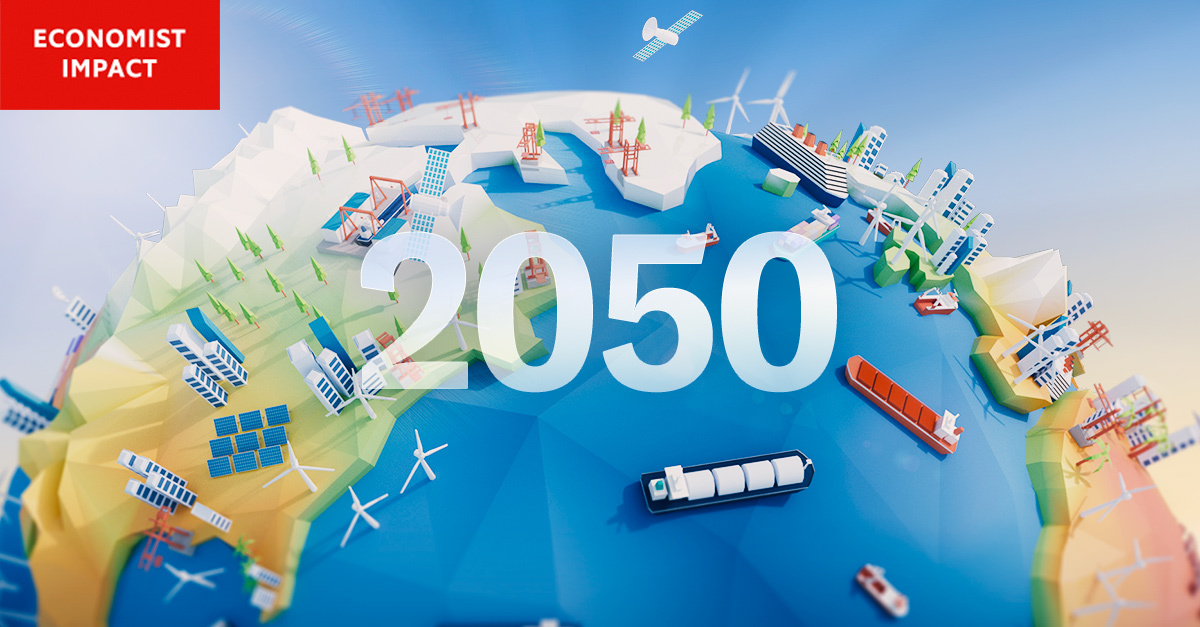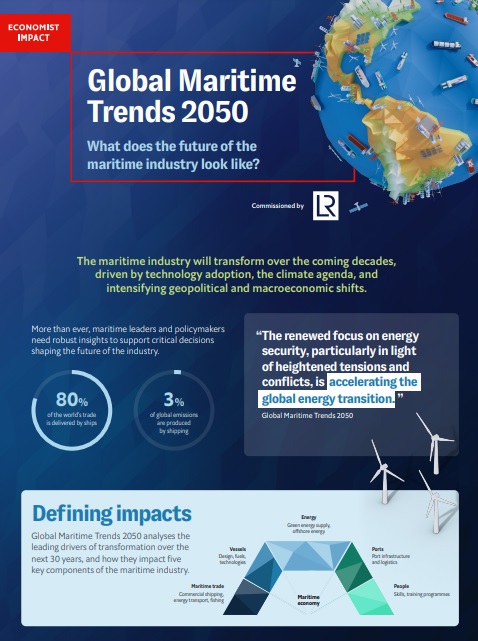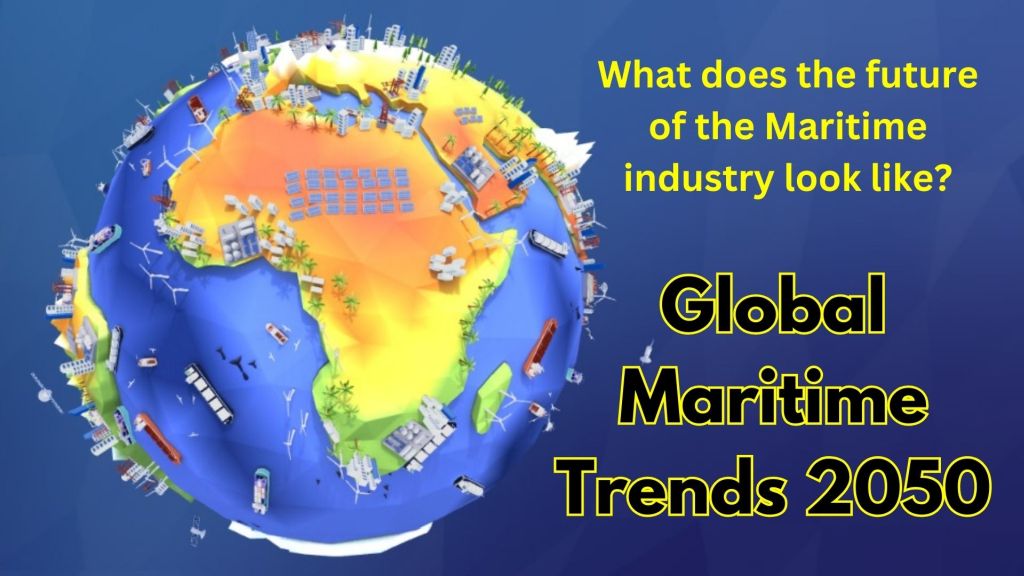
(www.MaritimeCyprus.com) For the maritime sector, as with every other sector globally, the triple planetary crisis—characterised by climate change, nature and biodiversity loss, and pollution — will be the defining challenge that shapes the decades ahead. Global shipping accounts for 3% of global greenhouse gas (GHG) emissions, and the sector is far from achieving the necessary emission cuts needed to hit the Paris Agreement by 2050.
Yet this sector, more so than others, is deeply intertwined with the nature of global geopolitical and macroeconomic challenges. Ships deliver 80% of the world’s trade, so any
disruptions, as demonstrated by the blockage of the Suez Canal in 2021, are felt acutely
across the globe. Amid global supply chain uncertainties, the urgent need to decarbonise, the integration of new technologies, concerns about human rights and safety at sea, and
the future of labour supplies, what does the future of the maritime sector look like?
The aim of this study was to explore potential futures for the maritime sector in 2050,
understand how these would manifest in hypothetical and specific scenarios, and how this would impact key components of the maritime sector. In order to do this, Economist Impact conducted an extensive literature review based on grey literature—for example from the International Energy Agency (IEA), the UN Conference on Trade and Development (UNCTAD) and the International Monetary Fund (IMF)—as well as academic journals. The literature review identified a long list of trends that are expected to characterise the world through to 2050 across five key areas: geopolitics and macroeconomics; the environment;
natural resources; technology; and social.
In assessing these global trends for 2050, the literature review also aimed to explore how these might manifest in the near term (2030) and medium term (2040). The findings of the literature review were then discussed, scrutinised and validated by a team of internal sectoral and methodological experts at Economist Impact and The Economist Intelligence Unit. The first section of this report outlines these trends in more detail.

The trends identified by the literature review formed the basis of the four maritime futures, discussed in the second section of this report. These are as follows:
- Just, gradual transition: high global cooperation combined with a gradual uptake of novel and/or advanced technology.
- Rapid, tech-driven transition: high global co-operation combined with a rapid uptake of novel and/or advanced technology.
- Regionalised and fragmented transition: high global fragmentation combined with a rapid uptake of novel and/or advanced technology.
- Delayed transition: high global fragmentation combined with a slow uptake of novel and/or advanced technology.
Finally, Economist Impact identified four specific “what if” scenarios to bring each of these futures to life through qualitative, fictional storytelling, which are discussed in the report’s penultimate section. As such, the four scenarios are not predictions for 2050 based on quantitative modelling or forecasting. Though fictional, the insights from these scenarios are grounded in the findings of the literature review, extensive desk research and the 16 expert interviews.
The aim of these scenarios was to understand the trends that would affect the maritime sector more broadly, as well as the specific implications for people, ports, trade, vessels and fuels. These offer a window into a future that may manifest for the sector and the efforts needed today by industry stakeholders to prepare.
The four scenarios we explore are as follows:
- What if nations embrace widespread adoption of green hydrogen by 2050?
- What if automated technology solutions became widely adopted in the maritime industry by 2050?
- What if regionalisation and population expansion lead to deglobalisation and fragmented global maritime trade by 2050?
- What if average global sea levels rise by at least 40 cm by 2050?
For more details, you can read the full Global Maritime Trends 2050 Report below:
The literature review was guided by, but not limited to, the following search terms with a focus on maritime trade (commercial shipping, fishing, naval, aquaculture), its vessels (design/propulsion/fuel/technology), energy (production/availability), ports, wider supply chains, regulations, investment gaps, people and skills:
- For the overall topic: maritime, shipping, ports, value chains, seafarers, shipbuilders,
shipowners, cargo owners. - For geopolitical/macroeconomic trends: regional conflicts, trade wars, piracy.
- For social trends: workers’ rights, inclusivity and diversity.
- For environmental trends: greenhouse-gas emissions, air pollution, noise pollution.
- For technological trends: alternative fuels, AI, big data.

Source: LR / Economist














